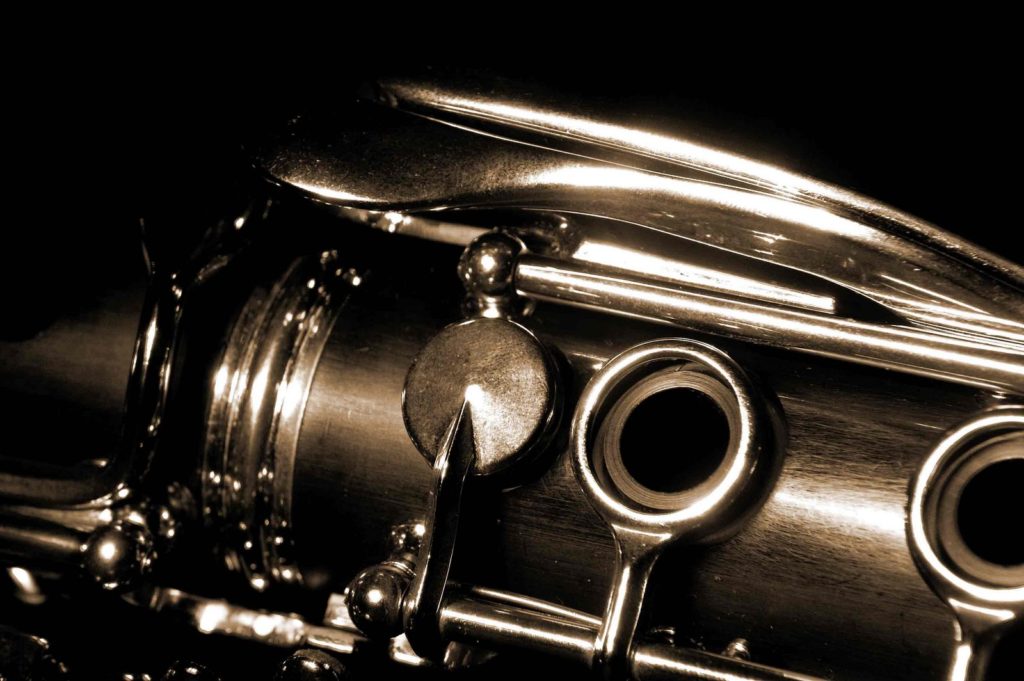
I got a good chuckle yesterday. Somebody I know was working on intonation, clarity, and truing pitch, and, in frustration, turned around and asked, “Do you have to adjust your embouchure for each and every note on the flute?”
“Yes,” I answered, not bothering to clarify with specifics and cases of exception, because I know this individual doesn’t like the ‘if’s, ‘and’s, and ‘maybe’s.
“For each note?!”
“Set for each note, yes — each note and each type or quality of tone.”
“Really!” — snapped in disgust. “I should have taken up electronic keyboard. Then I wouldn’t have to worry about embouchure and I’d always be in tune!”
They turned around and stared at me, then. “For each and every note you play on the flute, you adjust your embouchure?!”
“Yes.” Now, I added in a small clarification, inaccurate at best in the interest of keeping my response brief and comfortable for them. “Unless it’s a speedy run where you start here on this note, then aim for the target note of that run. Then, it’s a sort of smooth transition through the embouchure adjustments.”
They sighed in disgust, rubbed their face, complained about muscle fatigue, and put their instrument in its stand.
“So every note you play, you set that note with your ear and with embouchure adjustments!” they stated.
“Yes.”
They shook their head. “I can’t even imagine how long that took you to get perfected.”
I didn’t respond. The truth is, it takes a long time to master a wind instrument, because of embouchure requirements. It’s taxing; it’s long, tedious, slow work, note by note up and down the chromatic scale, the major and minor scales…. It’s working slowly and methodically through all the intervals. It’s doing a lot of long tone work and even more harmonic work. It’s not something mastered in a year or two. Maybe four if you work really, really hard, but usually at least a decade. I didn’t mention that. I know that knowledge wouldn’t sit well, not with a beginning clarinetist.
